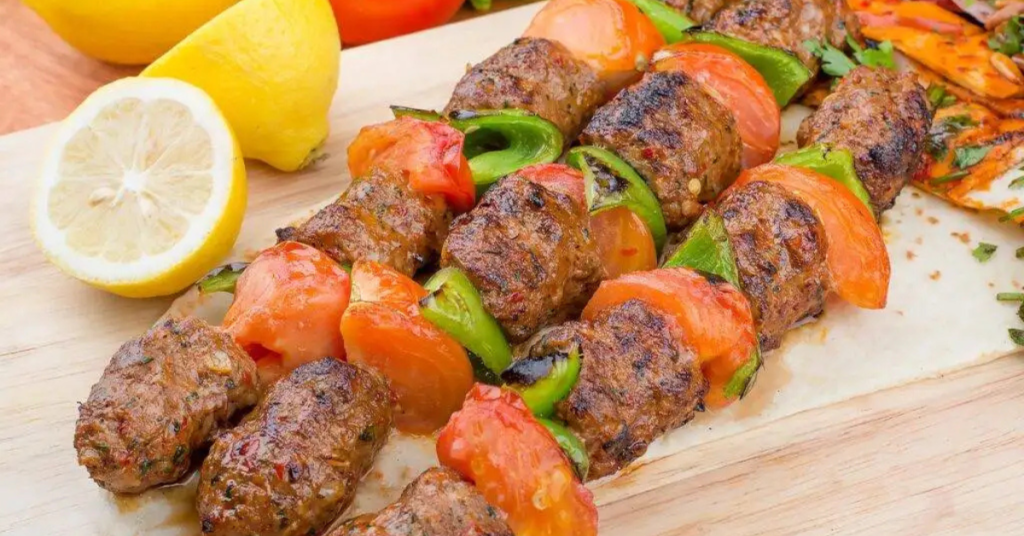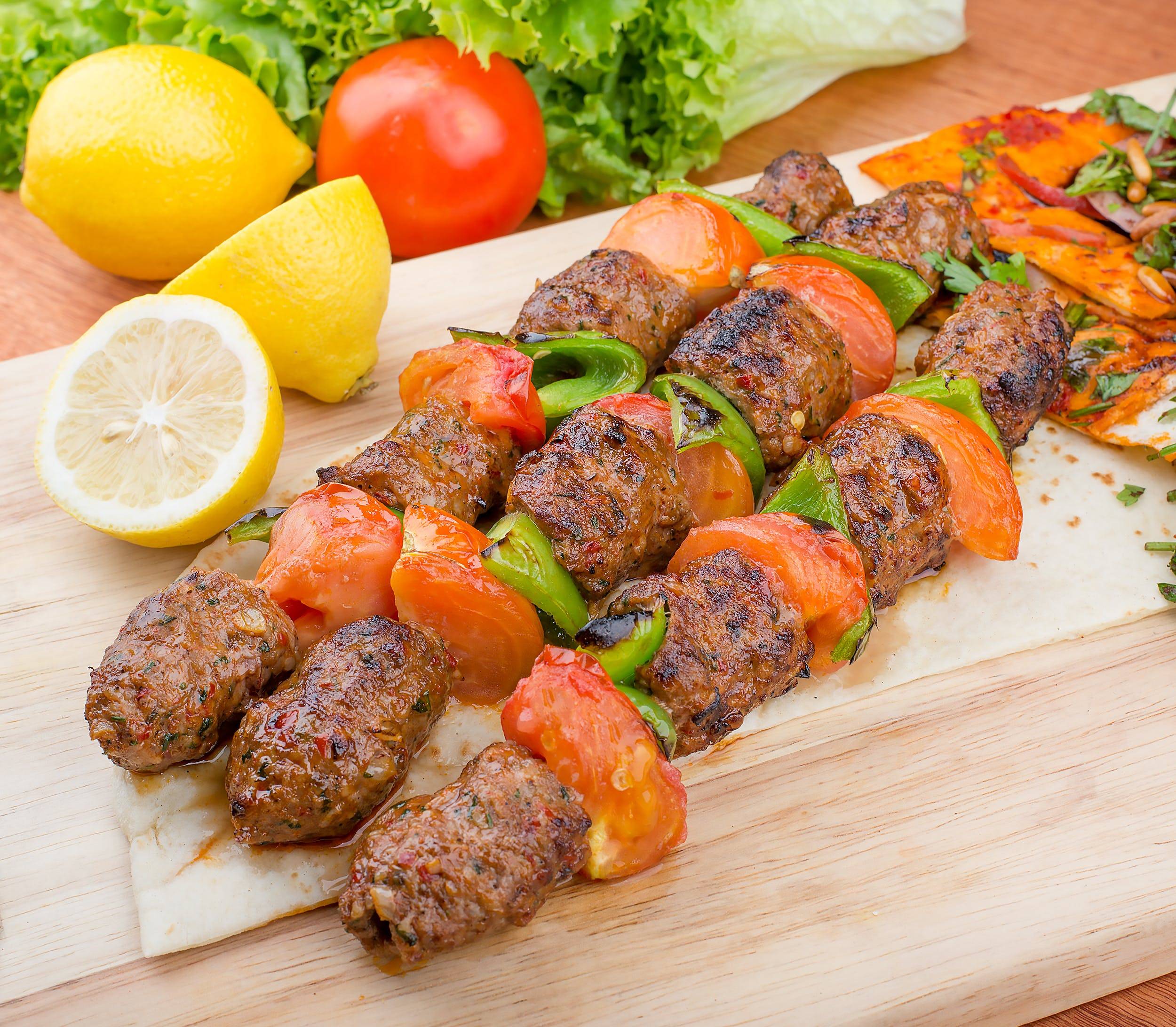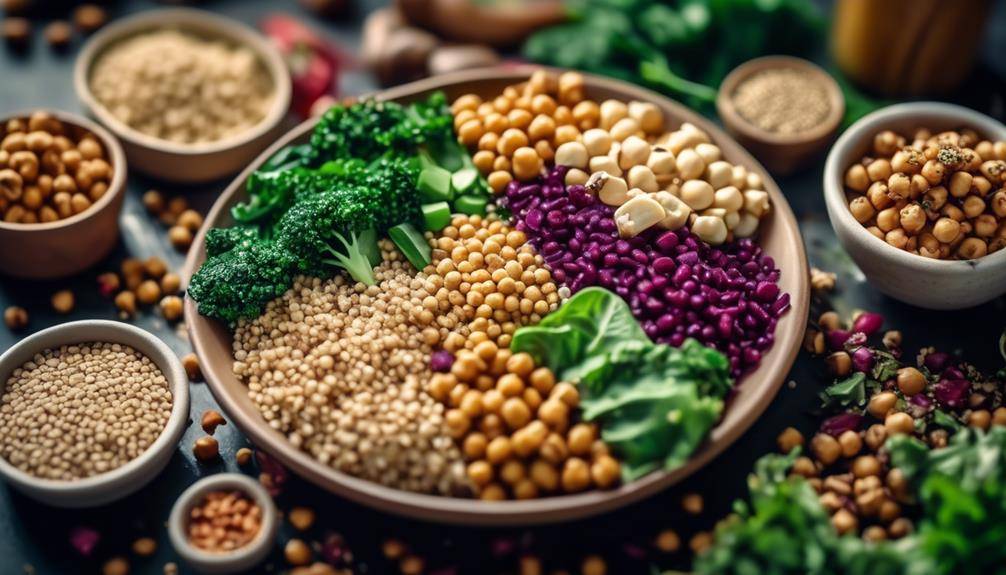Beef and Vegetable Kebabs: The Best Culinary Journey on Skewers

Origins in Ancient Cooking Techniques: The Birth of Skewered Delights
The inception of beef and vegetable kebabs can be traced back to the cradle of ancient civilizations, where innovative cooking techniques laid the foundation for this timeless culinary delight.
Mesopotamian Influence: The Early Skewering Tradition
The roots of kebabs can be found in Mesopotamia, often regarded as the cradle of civilization. Early evidence suggests that inhabitants of this ancient region were among the first to skewer and cook meat over an open flame. This primitive method of cooking, using rudimentary skewers, marked the humble beginnings of what would later evolve into the sophisticated art of kebab preparation.
Persian Pioneers: Kebabs in Ancient Persia
As the concept of skewering meat progressed, ancient Persia played a pivotal role in refining the technique. The Persian word “kebab” itself is an indicator of this culture’s significant contribution to the dish. Skewered meat, known as “shish,” became a popular culinary tradition in Persian cuisine, laying the groundwork for the diverse world of kebabs we know today.
Ottoman Evolution: Kebabs Across Borders
With the expansion of the Ottoman Empire, kebabs gained widespread popularity. Ottoman cuisine, heavily influenced by Persian and Arab culinary practices, embraced the art of skewering and grilling meats. The concept of cooking meat on skewers transcended borders, leaving an indelible mark on the gastronomic heritage of the Middle East and beyond.
Asian Innovations: From Tandoor to Yakitori
As the Silk Road facilitated cultural exchanges, kebab-like dishes emerged in various parts of Asia. In India, the tandoor—a traditional clay oven—gave rise to delectable skewered meats known as kebabs. Simultaneously, in Japan, the art of grilling skewered meats, or yakitori, became a culinary staple, showcasing the adaptability of the skewering technique across diverse cultures.
Global Integration: Kebabs Around the World
With the rise of trade routes and cultural exchange, kebabs found their way into the culinary traditions of diverse civilizations. From Turkish shish kebabs to Greek souvlaki, the concept of skewering and grilling meat became a global phenomenon, each culture infusing its unique flavors, spices, and cooking techniques.
The origins of beef and vegetable kebabs can be viewed as a collective effort by ancient civilizations, each contributing to the rich tapestry of this time-honored culinary tradition. As we savor modern variations of kebabs, let’s acknowledge the ingenious techniques developed by our culinary ancestors, paving the way for skewered delights that continue to captivate taste buds worldwide.
Middle Eastern Roots: The Birthplace of Kebabs
The term “kebab” itself finds its origins in the Middle East, particularly in Persia, where meat was first skewered and grilled over open flames. The concept of cooking meat on skewers gradually spread across the region, with each culture adding its unique blend of spices and flavors to the dish.
Asian Influences: From Satay to Yakitori
As kebabs journeyed eastward, they took on different forms. In Southeast Asia, satay emerged—a variation where meat is skewered and grilled, often served with a distinctive peanut sauce. In Japan, the concept evolved into yakitori, showcasing the Japanese art of grilling skewered meats, including beef, over charcoal.
Rise to Popularity: Global Grill Favorites
The popularity of beef and vegetable kebabs transcended borders and cultures. This versatile dish became a staple at outdoor gatherings, BBQ parties, and street food festivals. Kebabs, with their aromatic marinades and charred perfection, soon became synonymous with the joy of shared meals.
Mediterranean Variations: A Symphony of Flavors
Mediterranean cultures put their spin on kebabs, introducing ingredients like olive oil, garlic, and lemon to the marinades. Greek souvlaki and Turkish shish kebabs are prime examples of how the dish adapted to local ingredients, creating a symphony of flavors that reflect the diverse culinary heritage of the region.
Modern Twists: Fusion and Creativity
In contemporary times, chefs around the world continue to experiment with beef and vegetable kebabs, infusing them with new flavors and inventive presentations. Fusion variations incorporate global ingredients, making kebabs a canvas for culinary creativity.

Beef and Vegetable Kebabs
Ingredients
- For the Marinade:
- 1.5 lbs 680g beef sirloin, cut into bite-sized cubes
- 1 red bell pepper cut into chunks
- 1 green bell pepper cut into chunks
- 1 red onion cut into chunks
- Cherry tomatoes
- Wooden skewers soaked in water for 30 minutes
- For the Marinade:
- 1/4 cup olive oil
- 2 cloves garlic minced
- 1 teaspoon ground cumin
- 1 teaspoon paprika
- 1 teaspoon ground coriander
- 1 teaspoon ground black pepper
- 1 teaspoon salt
- 2 tablespoons soy sauce
- Juice of 1 lemon
Instructions
- In a bowl, combine all the marinade ingredients: olive oil, minced garlic, cumin, paprika, coriander, black pepper, salt, soy sauce, and lemon juice. Mix well.
- Place the beef cubes in a separate bowl and pour half of the marinade over them. Ensure the beef is well-coated, cover the bowl, and let it marinate in the refrigerator for at least 1 hour, or preferably overnight for more flavor.
- Preheat the grill or grill pan over medium-high heat.
- Thread the marinated beef, bell peppers, red onion, and cherry tomatoes onto the soaked wooden skewers, alternating between meat and vegetables.
- Brush the kebabs with the remaining marinade.
- Grill the kebabs for about 10-15 minutes, turning occasionally, until the beef is cooked to your desired level of doneness and the vegetables are slightly charred.
- Serve the beef and vegetable kebabs hot, garnished with fresh herbs if desired.
- Enjoy your flavorful and succulent Beef and Vegetable Kebabs!
Healthy and Satisfying: Kebabs in Today’s Lifestyle
Beef and vegetable kebabs have also found a place in health-conscious diets. The balance of lean meat and colorful vegetables, often grilled rather than fried, aligns with modern preferences for nutritious and satisfying meals.
Conclusion: Beef and Vegetable Kebabs
In conclusion, the history of beef and vegetable kebabs is a culinary journey that unites cultures and celebrates the art of grilling. From ancient Middle Eastern traditions to modern fusion kitchens, kebabs continue to evolve, proving that the allure of skewered and grilled goodness is timeless.
Stay tuned for our next blog post, where we’ll share a mouthwatering recipe for crafting the perfect Beef and Vegetable Kebabs at home.








